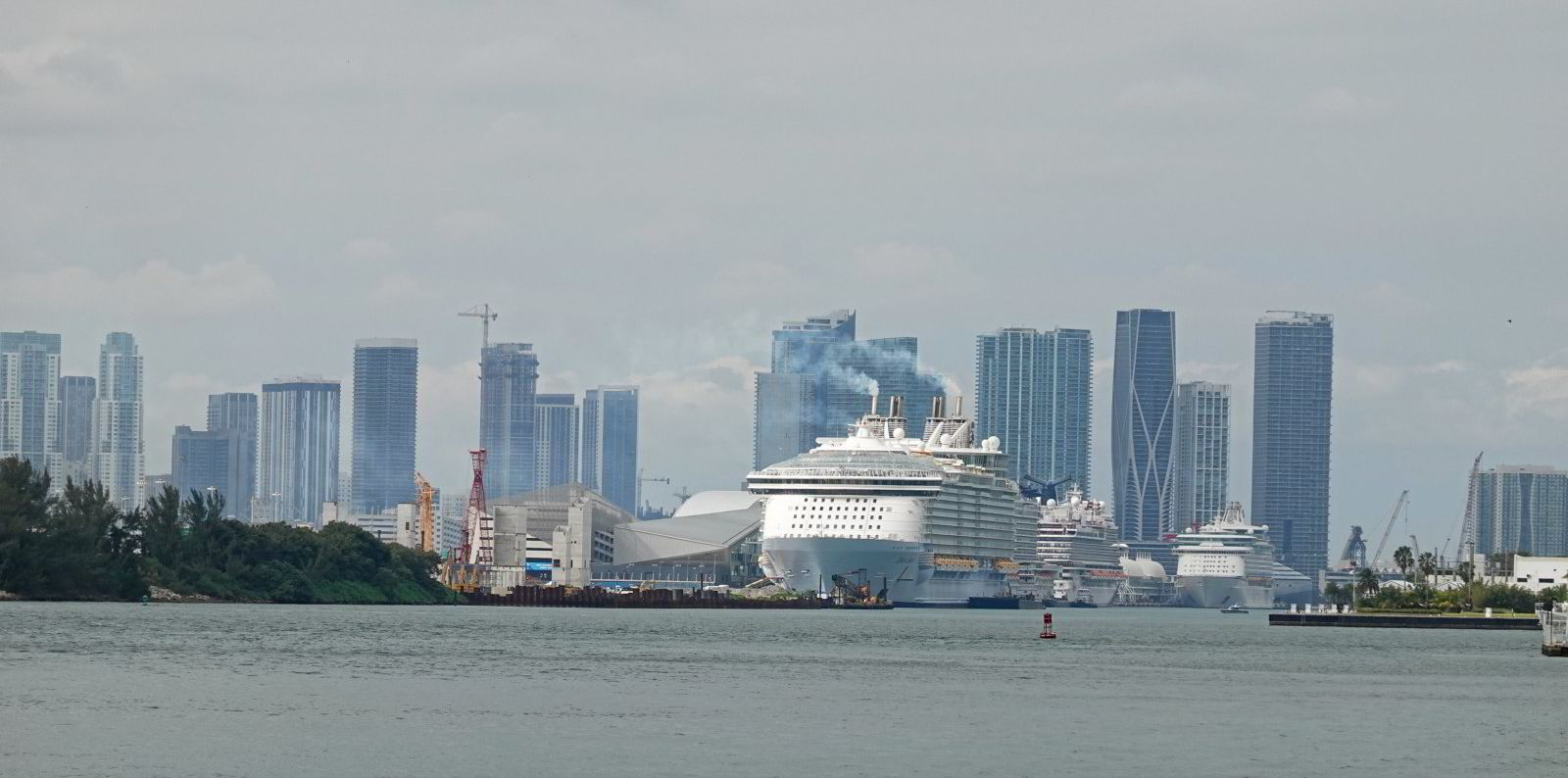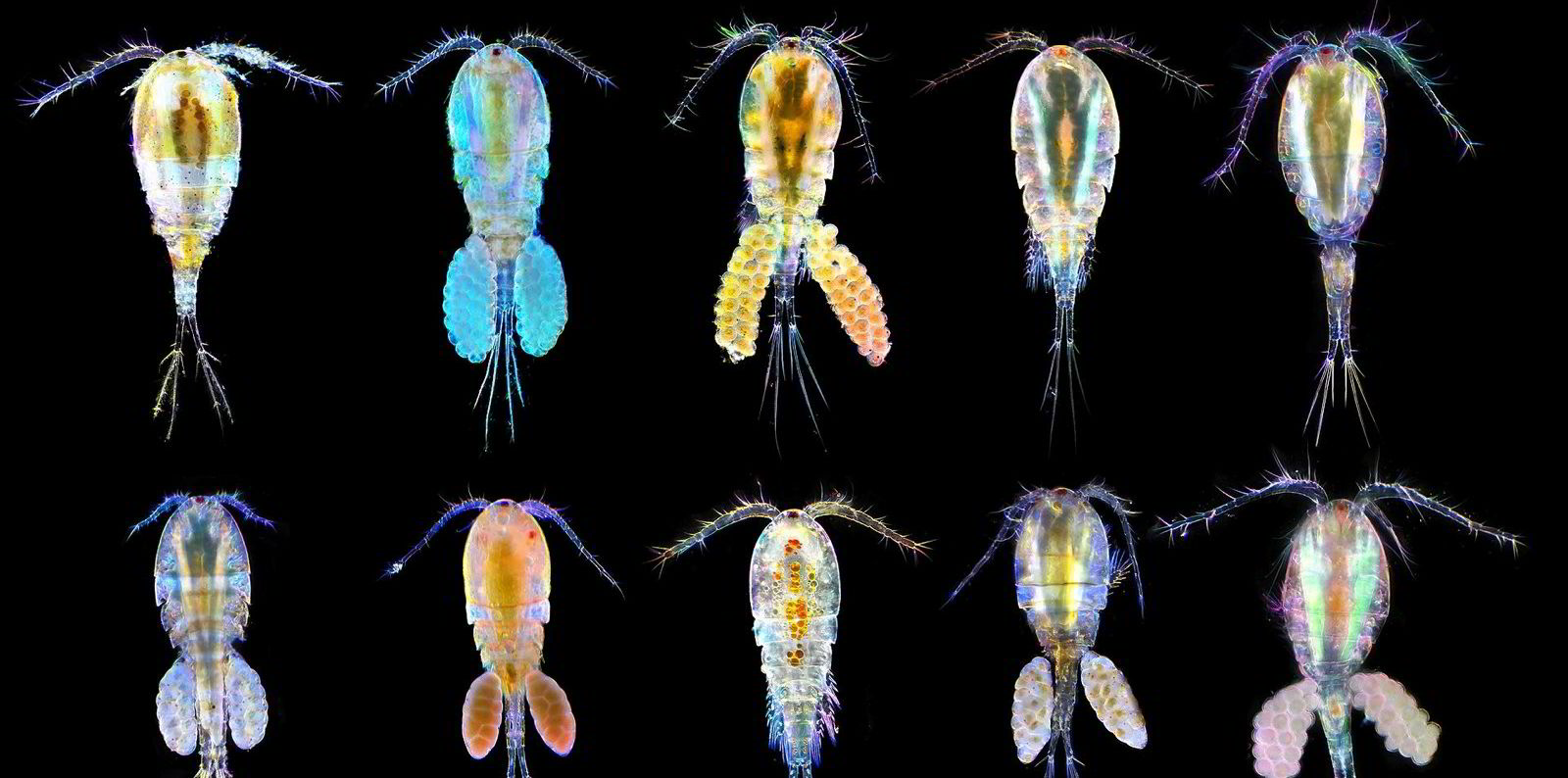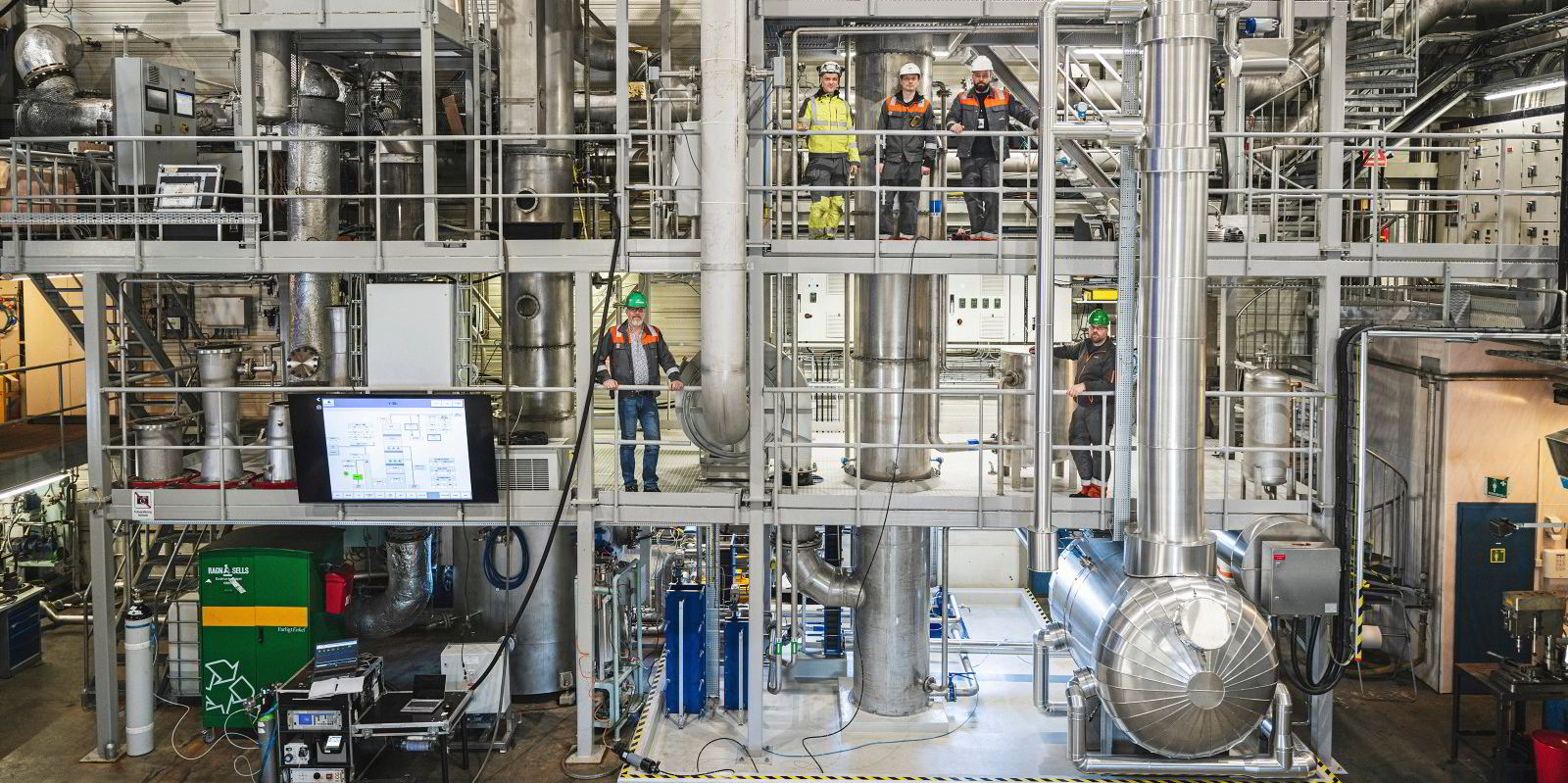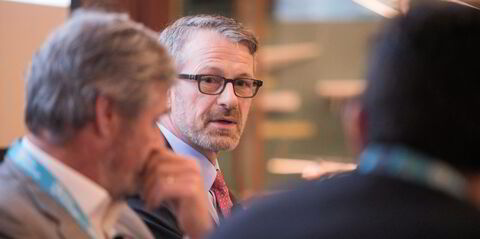When an European Union-funded project studying shipping emissions tested the impact of scrubber discharges on organisms that live in the ocean, they found harmful effects even if the tiniest amount of the pollutants were present.
Maria Granberg, a senior researcher at IVL Swedish Environmental Research Institute, told TradeWinds that all five research institutes studying the scrubber discharges in the EMERGE project found negative impacts at concentrations as low as 0.001%.
“We see and find effects at lower levels than what has previously been reported,” the marine ecotoxicologist told Green Seas.

The EMERGE research adds new insight to the discussions around exhaust gas cleaning systems — the kits known as scrubbers that allow ships to continue to burn cheaper heavy fuel oil while still complying with the 2020 sulphur cap, as they face continued scrutiny over their discharges into the sea.
Among their findings, the scientists learned that the fertilisation process that allows some organisms to reproduce is sensitive to exposure to scrubber discharge, even at very low concentrations.
And EMERGE researchers have found that the larvae of different types of animals — from mussels to worms to crustaceans — are sensitive to the scrubber pollution even when their adult stages show less of an impact, Granberg said.
“This is one of many pressures that organisms are facing today,” said Granberg. “And I would say that scrubber water would absolutely contribute to reducing these populations of invertebrates since they have such strong effects at low concentrations.”
Scrubber proponents defend the systems as a sustainable way to comply with the International Maritime Organization’s rules on sulphur emissions.
DHI study
They have often pointed to a 2021 study by Danish environmental consultancy DHI that found that discharges from open-loop scrubbers represented an acceptable risk to the environment, with no toxic impacts on fish and some tests with algae and crustaceans finding effects only at the highest concentrations. That study was commissioned by the Exhaust Gas Cleaning System Association, a scrubber industry group.
Granberg said the EMERGE project findings do not contradict DHI’s research but instead complement it. That is because the EU-funded research explored stages of life not fully covered by standard ecotoxicological assessments.

The project’s researchers looked at marine organisms in particular areas in nature that could be impacted by shipping traffic. The larvae of some of those organisms are pelagic — that is, they swim in the ocean — even when their adult stages do not, such as in the case of mussels.
And the scientist said those larvae are more sensitive than the adults, and yet standard laboratory studies often focus on that less sensitive stage of life, though the DHI study did find the most sensitivity to scrubber discharge in crustacean larvae.
Sensitive stages
“If you want to … understand how contaminants are affecting marine life, you have to use your biological and ecotoxicological knowledge and target the sensitive stages that will affect a population of organisms,” Granberg said.
After all, if the development of larvae is hampered, it will ultimately affect the population of adult marine life, and it could have reverberations through the food chain.
The EMERGE project is coordinated by the Finnish Meteorological Institute and involves scientists in nine universities and five research institutes. Its partners also include Greek container ship manager Danaos Shipping, technology company Creative Nano and the Baltic Marine Environment Protection Commission.
Studying scrubber discharges, which contain heavy metals, nitrates and polycyclic aromatic hydrocarbons, is just a small part of the four-year project’s mandate to explore the environmental impact of shipping, with much of the efforts focused on air pollution.
Among their efforts, research institutes in the project have evaluated scrubber discharge water from a vessel on a variety of locations on its route from northern Europe through the English Channel and across the Mediterranean to Turkey. The ship has an open-loop system, which uses seawater in the scrubber and continuously discharges it back into the ocean.
The researchers have been studying how those discharges impact communities of pelagic, or water-based organisms, in key areas of the waters off Europe’s coast.

Granberg said harbours and shipping lanes are often in areas that are also important for the reproduction of organisms or where they spend their juvenile stages, and these animals play an important role in the food chain that humans also depend on. Tiny crustaceans called copepods, which are sensitive to the compounds in scrubber discharges, are a key food for cod.
The scientist said the EMERGE project’s findings on the impacts of scrubber discharge is an important lesson for future regulation on air emissions, as she said it is important to focus not just on what is pumped into the air, but also on other consequences.
But looking forward, she thinks there should be a ban on discharges of scrubber water into the sea.
“I’ve been working as an ecotoxicologist for 25-30 years now, and it’s very rare that we see such strong effects at such low concentrations of something, and it really calls for some action,” she said.
___________
More on the environment and the business of the ocean
___________
Podcast: Will carbon capture on ships be a game changer?
As shipping grapples with its greenhouse gas emissions, the industry is showing growing interest in on-board carbon capture as a way to continue using fossil fuels amid the wait for zero-emission alternatives.
The development of the technology is still in its infancy at sea but more mature on land, and with several maritime alternatives under development.
Sigurd Jenssen, who is director of exhaust gas treatment at Finnish marine technology company Wartsila, told the Green Seas podcast that the tens of thousands of ships on the water today will be using fossil fuels for years to come.
His company, which is developing carbon capture systems to place on ships, believes the new technology will lead to faster emissions cuts than zero-carbon fuels in the years ahead, and it will be cost-effective.
Click here to listen to the latest episode of the podcast, or subscribe on Google Podcasts, Apple Podcasts, Stitcher, Pandora, Spotify or Soundcloud.
___________
Cargill teams up with Mitsui to pull the trigger on first methanol-fuelled bulker order
Cargill has teamed up with Japan’s Mitsui & Co to place the first-ever order for methanol-fuelled bulkers.
Jan Dieleman, the president of the US agricultural giant’s Cargill Ocean Transportation division, said the company has ordered two dual-fuel kamsarmaxes in collaboration with Mitsui and Japanese shipbuilder Tsuneishi Group.
The scaled-down deal emerged three months after TradeWinds reported that the company was in talks to order four to six of the bulkers that could run on both methanol or conventional marine fuels.
___________
Are offshore wind turbines big enough?
Indications wind turbine sizes are stabilising could be positive for wind turbine installation vessel (WTIV) owners, DNB Markets believes, as Matt Coyne reported in TradeWinds.
In a note published on Tuesday, the investment bank pointed to a Bloomberg interview with Vestas chief executive Henrik Andersen, who said wind turbines are big enough for now. The comment served as a signal to investors in companies such as Eneti and Cadeler that their ships will still be able to handle installation once they hit the water.
Karlsen said Vestas’ largest offering is a 15-MW turbine with a diameter of 236 metres and during the interview Andersen said the Danish company would not be going bigger. (Click here to read the TradeWinds story.)
But Recharge reports that Mingyang Smart Energy has set out its stall to take China’s offshore wind industry to a new level of ultra-large turbines with a new 140-metre blade to “move beyond the 18-MW threshold”.
The giant machine boasts a rotor diameter above 280 metres and 66,000 square metres of swept area. (Click here to read the Recharge story.)




